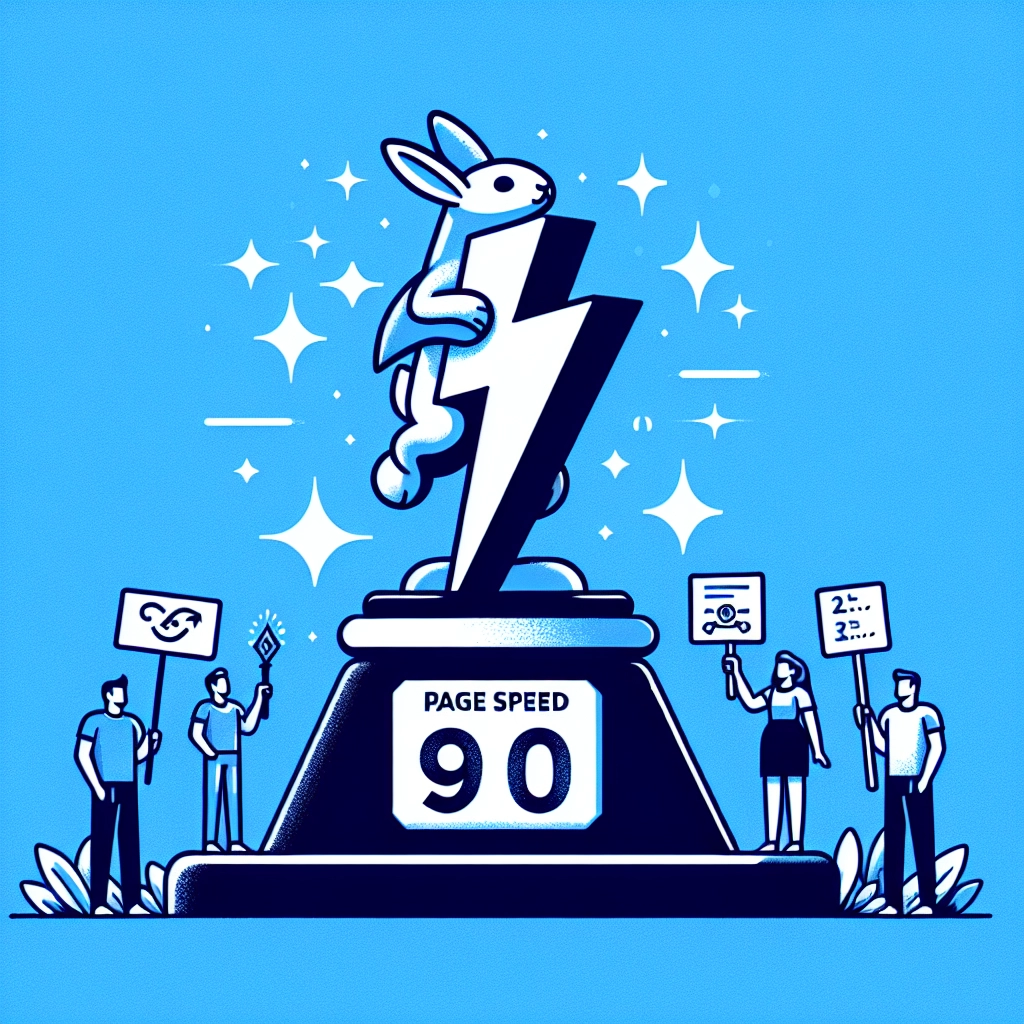Designers, your beautiful layouts may be sabotaging your site without you realizing it—particularly if they shift while scrolling. This isn’t just a technical issue for developers; it’s a user experience (UX) red flag that can drive users away.
Cumulative Layout Shift (CLS) is more than a developer’s concern; it represents how visually stable a page is during loading. It indicates disruptions that users experience as elements move unexpectedly, which can lead to frustration and distrust in your site’s reliability. In 2025, it’s crucial for designers to recognize that their choices heavily impact this metric.
Understanding CLS: The Silent UX Killer
CLS measures the unanticipated movement of elements on a webpage while users interact with it. Consider a scenario where you intend to click a "Read More" link, but a late-loading banner image pushes it down, causing you to accidentally click an advertisement instead. This lapse in expected behavior is what CLS captures. It reflects a user experience tax that users pay in the form of annoyance and increased bounce rates.
Although Google factors CLS into its search ranking algorithm, its effects extend beyond SEO. A poor CLS score can diminish a site’s credibility, create an unstable feeling in interfaces, and obstruct user interactions. Despite its importance, many designers remain unaware that their designs contribute to poor CLS scores.
The Shift in Responsibility: From Developers to Designers
Traditionally, designers often dismissed performance issues as the developers’ domain. However, as CLS arises from the way layouts are designed—when dimensions of page elements aren’t defined upfront—it’s clear that designers must share accountability. When designing, if specific heights aren’t established for responsive components, the delayed loading of images can create a high CLS score.
Designers are responsible for the rhythm and structure of their layouts; poor design choices often make the layout fragile, leading to instability when rendering under various conditions.
Factors That Contribute to a High CLS
There are specific design decisions that frequently worsen CLS scores:
-
Hero Images Without Aspect Ratios: Even if the design is responsive, failing to allocate space for images before they load results in layout shifts.
-
Font Loading Sans Fallback:" Custom fonts may look great but if they take too long to load, your layout will suffer as it shifts from fallback fonts to the final render.
-
Post-Render Pop-Ups: Elements such as cookie banners that appear after the initial render can disrupt the flow of a layout if not planned for.
-
Ads and Third-Party Embeds: If the dimensions for embedded elements like videos or advertisements are not set, they can cause significant shifts as they load.
-
Sticky Elements: Sticky navigation bars or alerts that load after the main content can cause layout shifts if proper space wasn’t accounted for.
The Mobile Experience: More Critical Than Ever
Mobile users experience layout shifts more adversely due to smaller screens and the nature of interactions occurring while pages are still loading. A sudden shift as they touch to interact can lead to misclicks, unhappy users, and abandonment of forms or products.
CLS as a Design Signal
More than just a score, CLS communicates how trustworthy your design is. Users prefer to interact with designs that feel stable. A low CLS score reflects a polished design, while a high score evokes feelings of instability and poor testing.
Embracing CLS-Conscious Design
In today’s design landscape, an effective design system must go beyond simple modular designs. It must be aware of CLS:
-
Implement aspect-ratio-aware components to prevent layout fragility.
-
Include loading states in mockups to account for content dynamics.
-
Document fallback font behavior to minimize shifting during font loading.
-
Design with dynamic content in mind by creating safe zones for potential elements that load later.
-
Engage with developers early to enhance layout robustness and prototype effects before launching.
Conclusion: Adapting to a Dynamic Web
The web is fundamentally inconsistent—various devices load content differently based on connection speeds and conditions. Consequently, static design concepts are inadequate for achieving optimal user experience.
Ultimately, the question every designer should consider is, “Will this jump?” Because users will certainly notice disruptions even if they can’t articulate what’s wrong. CLS serves as a key indicator of layout reliability, and users inherently sense the quality of their interaction with your design.
Welcome to DediRock, your trusted partner in high-performance hosting solutions. At DediRock, we specialize in providing dedicated servers, VPS hosting, and cloud services tailored to meet the unique needs of businesses and individuals alike. Our mission is to deliver reliable, scalable, and secure hosting solutions that empower our clients to achieve their digital goals. With a commitment to exceptional customer support, cutting-edge technology, and robust infrastructure, DediRock stands out as a leader in the hosting industry. Join us and experience the difference that dedicated service and unwavering reliability can make for your online presence. Launch our website.

